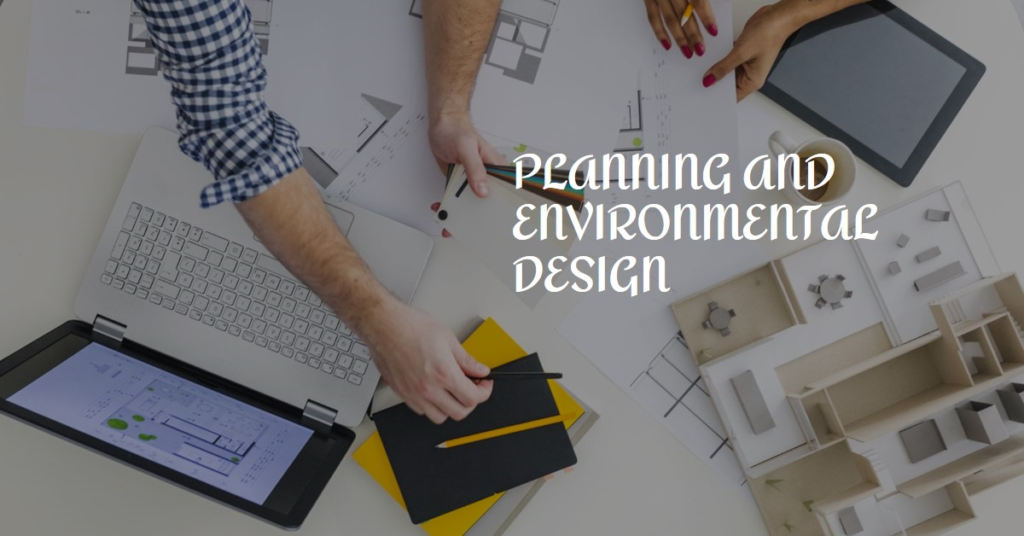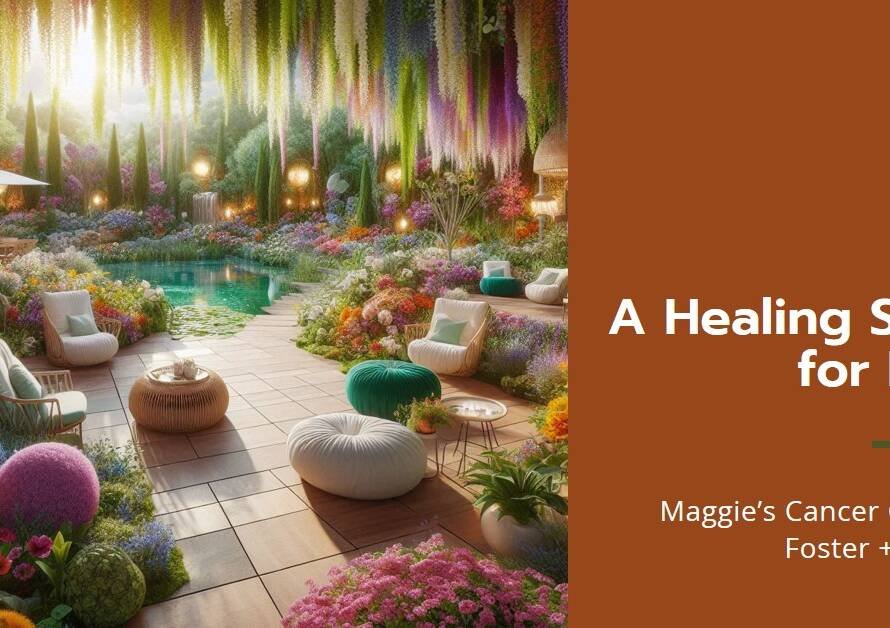
Table of Contents
- Introduction: The Intersection of Planning and Environmental Design
- Understanding the Context: Site Analysis and Assessment
- Sustainability at the Core: Embracing Green Design Principles
- Community Engagement: Involving Stakeholders in the Process
- Balancing Functionality and Aesthetics: Creating Harmonious Spaces
- Navigating Regulatory Frameworks: Compliance and Permitting
- Technological Integration: Leveraging Innovation for Better Design
- Prioritizing Resilience: Designing for Adaptability and Durability
- Human-Centered Design: Enhancing Livability and Well-Being
- Integrating Cultural Heritage: Honoring the Past, Embracing the Future
- Conclusion: A Holistic Approach to Planning and Environmental Design
Introduction: The Intersection of Planning and Environmental Design
In an ever-evolving world, the significance of thoughtful planning and environmental design cannot be overstated. As urbanization continues to expand, the need for sustainable, efficient, and aesthetically pleasing environments grows in tandem. Planning and environmental design encompass a wide array of considerations, from ecological impacts to community well-being. This blog post explores the critical factors to consider when embarking on planning and environmental design projects, ensuring they are not only functional but also harmonious with their surroundings.
Understanding the Context: Site Analysis and Assessment
Before diving into the intricacies of design, it is essential to conduct a thorough site analysis and assessment. This step involves understanding the physical characteristics of the site, including its topography, soil composition, climate, and existing vegetation. By gathering comprehensive data, planners can make informed decisions that align with the natural attributes of the site.
Moreover, understanding the social and cultural context is equally important. This entails examining the history of the area, the demographic composition, and the needs and preferences of the local community. A well-rounded site analysis ensures that the design is both contextually appropriate and culturally sensitive, fostering a sense of place and belonging.
Sustainability at the Core: Embracing Green Design Principles
Sustainability is a cornerstone of modern environmental design. Integrating green design principles not only minimizes the ecological footprint of a project but also promotes long-term viability. Key strategies include using renewable energy sources, implementing energy-efficient systems, and incorporating green spaces to enhance biodiversity.
Additionally, sustainable design involves selecting materials with low environmental impact, such as recycled or locally sourced materials. Water conservation measures, such as rainwater harvesting and efficient irrigation systems, also play a crucial role. By prioritizing sustainability, planners can create environments that are resilient, adaptable, and beneficial to both people and the planet.
Community Engagement: Involving Stakeholders in the Process
Successful planning and environmental design hinge on active community engagement. Involving stakeholders, including residents, business owners, and local authorities, ensures that the project reflects the collective vision and needs of the community. Public consultations, workshops, and surveys are effective tools for gathering input and fostering a sense of ownership.
Transparent communication throughout the planning process builds trust and promotes collaboration. When stakeholders feel heard and valued, they are more likely to support the project and contribute to its success. Ultimately, community engagement leads to more inclusive and responsive designs that enhance the quality of life for all.
Balancing Functionality and Aesthetics: Creating Harmonious Spaces
A key challenge in environmental design is striking a balance between functionality and aesthetics. While practical considerations such as accessibility, safety, and utility are paramount, the visual appeal of a space is equally important. Thoughtful design harmonizes these aspects, creating environments that are both efficient and pleasing to the eye.
Incorporating natural elements, such as trees, water features, and open spaces, can enhance the aesthetic value of a design. Moreover, using colors, textures, and forms that resonate with the surroundings can create a cohesive and inviting atmosphere. By prioritizing both functionality and aesthetics, planners can craft spaces that are enjoyable and practical.
Navigating Regulatory Frameworks: Compliance and Permitting
Navigating the complex web of regulatory frameworks is an integral part of planning and environmental design. Compliance with local, regional, and national regulations ensures that projects meet legal standards and avoid potential pitfalls. This involves securing necessary permits, adhering to zoning laws, and following environmental protection guidelines.
Staying abreast of regulatory changes and updates is crucial for avoiding delays and ensuring project success. Engaging with regulatory bodies early in the planning process can facilitate smoother approvals and foster a cooperative relationship. Ultimately, adherence to regulatory requirements safeguards the integrity and feasibility of the project.
Technological Integration: Leveraging Innovation for Better Design
The integration of technology in planning and environmental design has revolutionized the field. Advanced tools such as Geographic Information Systems (GIS), Building Information Modeling (BIM), and 3D visualization software enable planners to create more accurate and efficient designs. These technologies facilitate data analysis, enhance collaboration, and improve decision-making processes.
Furthermore, incorporating smart technologies into the design itself can enhance the functionality and sustainability of a space. Smart grids, energy management systems, and IoT devices can optimize resource use, reduce operational costs, and improve user experience. By embracing technological advancements, planners can achieve higher levels of precision and innovation.


Prioritizing Resilience: Designing for Adaptability and Durability
In an era of climate change and environmental uncertainty, resilience has become a critical consideration in planning and environmental design. Resilient designs are adaptable to changing conditions and capable of withstanding various challenges, from natural disasters to economic shifts. This involves incorporating flexible structures, robust infrastructure, and emergency preparedness measures.
Additionally, promoting biodiversity and ecosystem health enhances the resilience of a design. Green roofs, urban forests, and permeable surfaces can mitigate the impacts of climate change and support ecological balance. By prioritizing resilience, planners can create environments that endure and thrive in the face of adversity.
Human-Centered Design: Enhancing Livability and Well-Being
At the heart of planning and environmental design is the goal of enhancing human livability and well-being. This involves creating spaces that are safe, accessible, and conducive to healthy lifestyles. Features such as pedestrian-friendly pathways, recreational areas, and community facilities promote physical activity and social interaction.
Moreover, designing for mental well-being is equally important. Access to nature, quiet zones, and aesthetically pleasing environments can reduce stress and improve mental health. By adopting a human-centered approach, planners can create spaces that nurture the body, mind, and spirit, contributing to overall quality of life.
Integrating Cultural Heritage: Honoring the Past, Embracing the Future
Respecting and integrating cultural heritage into planning and environmental design enriches the character and identity of a place. This involves preserving historical landmarks, architectural styles, and cultural practices that define the area’s heritage. Adaptive reuse of historical buildings and sites can provide continuity and a sense of history.
Simultaneously, embracing contemporary design elements and innovations ensures that the space remains relevant and forward-looking. This balance between tradition and modernity creates dynamic environments that honor the past while accommodating future needs. By integrating cultural heritage, planners can create spaces that resonate deeply with the community and visitors alike.
Conclusion: A Holistic Approach to Planning and Environmental Design
In conclusion, effective planning and environmental design require a holistic approach that considers a myriad of factors. From sustainability and community engagement to regulatory compliance and technological integration, each aspect plays a crucial role in shaping successful environments. By balancing functionality with aesthetics, prioritizing resilience, and honoring cultural heritage, planners can create spaces that are not only efficient and sustainable but also vibrant and meaningful.
Through thoughtful and comprehensive planning, we can build environments that enhance the quality of life, foster community spirit, and harmonize with the natural world. As we continue to navigate the challenges of urbanization and environmental change, the principles of planning and environmental design will remain pivotal in creating a better future for all.



